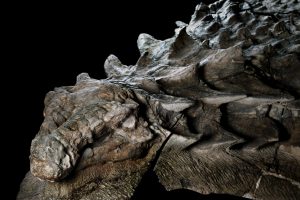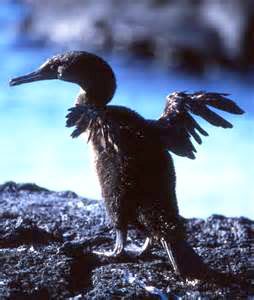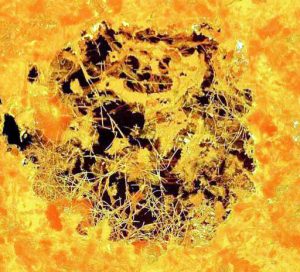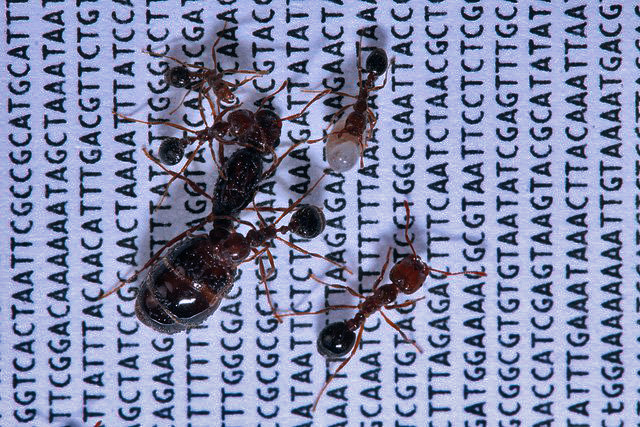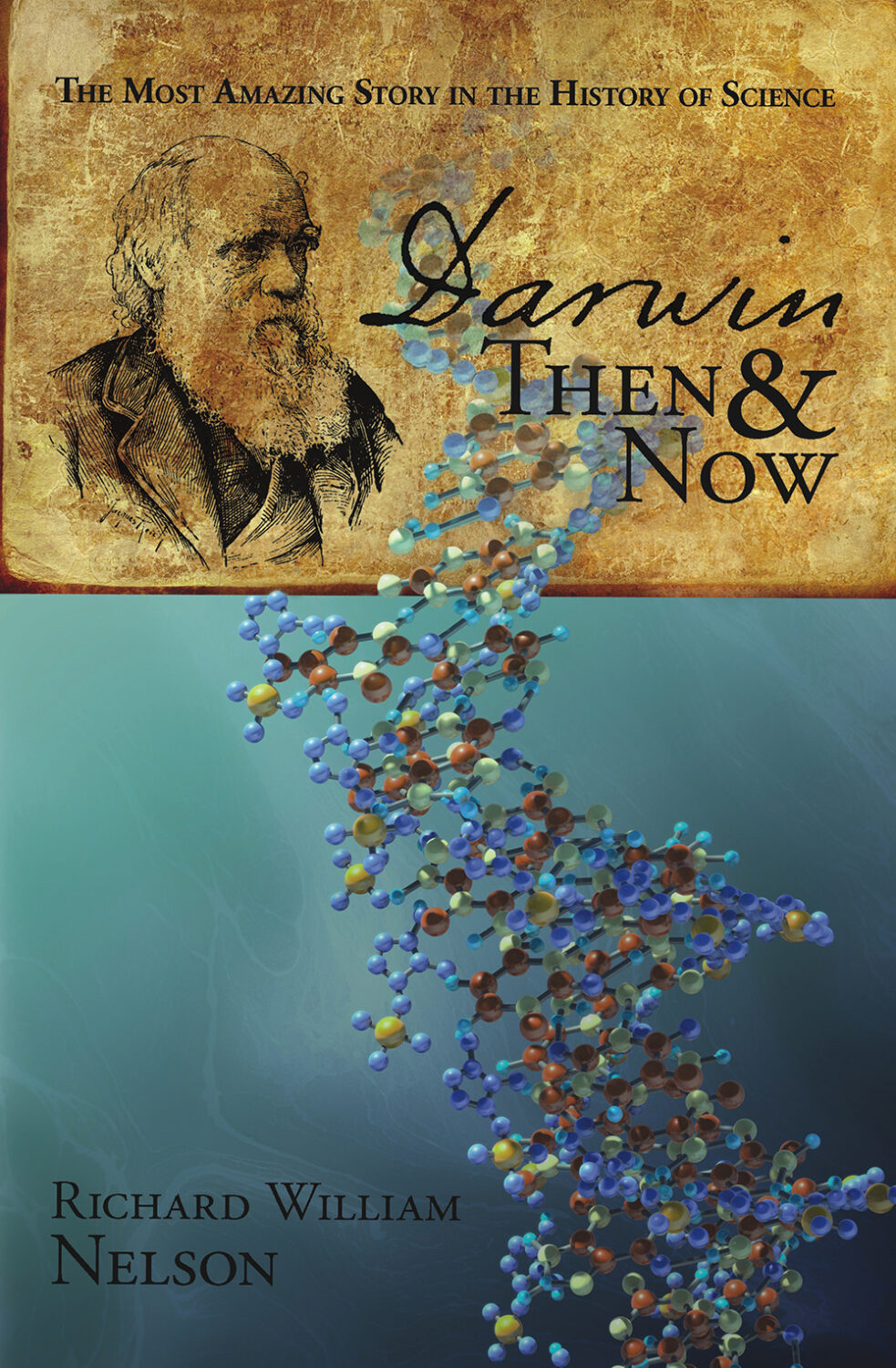by Richard William Nelson | Jan 26, 2018
 The industry’s longest-running research experiment reached a milestone in October, studying the evolution of more than 68,000 generations.
The industry’s longest-running research experiment reached a milestone in October, studying the evolution of more than 68,000 generations.
Biologist Richard Lenski (pictured right below) initiated the now legendary experiment in his laboratory early in 1988, using 12 flasks seeded with genetically identical bacteria known as Escherichia coli (E. coli).
Since then, the bacteria have been growing in a carefully measured solution of glucose, a type of sugar—”food” for bacteria. Each flask contained a sparse amount of glucose to create a stressful environment, along with a high concentration of citrate, a molecular cousin of glucose, which pushed the bacteria to adapt. Since 1988, Lenski’s laboratory team has transferred a small sample of the new 50 mL Erlenmeyer flasks every day.
Continue Reading
by Richard William Nelson | Sep 28, 2017
 The armored dinosaur fossil, preserved in exquisite detail and unearthed in a western Canadian oil sand mine, highlights the new daunting challenges facing the theory of evolution.
The armored dinosaur fossil, preserved in exquisite detail and unearthed in a western Canadian oil sand mine, highlights the new daunting challenges facing the theory of evolution.
This stunningly preserved fossil is shattering long-standing paradigms. “The more I look at it,” said Michael Greshko, science writer for National Geographic, “the more mind-boggling it becomes.”
Caleb Brown (picture-right), a paleobiologist at the Royal Tyrrell Museum, where the fossil was placed on exhibit in August, explained to Greshko,
“We don’t just have a skeleton… We have a dinosaur as it would have been.”
Continue Reading
by Richard William Nelson | Jul 1, 2017
 In 1835, the Galapagos Islands piqued a young British naturalist’s endless curiosity. Equipped with technologies not much beyond a clock, compass, measuring tape, scale, thermometer, clinometer, and microscope, the experience eventually propelled Charles Darwin to propose a new world-shattering theory of evolution in his 1859 book, The Origin of Species.
In 1835, the Galapagos Islands piqued a young British naturalist’s endless curiosity. Equipped with technologies not much beyond a clock, compass, measuring tape, scale, thermometer, clinometer, and microscope, the experience eventually propelled Charles Darwin to propose a new world-shattering theory of evolution in his 1859 book, The Origin of Species.
Since then, technological advances have revolutionized scientific investigations, upending Darwin’s finches with a new Galapagos icon of evolution.
Continue Reading
by Richard William Nelson | May 24, 2017
 Ancient fungal clues recently discovered off the coast of South Africa further stretch the boundaries of the theory of evolution.
Ancient fungal clues recently discovered off the coast of South Africa further stretch the boundaries of the theory of evolution.
Birger Rasmussen, a geology professor at the Western Australian School of Mines, was drilling at a depth of 2,600 feet for the purpose of dating the ancient submarine lava in the Ongeluk Formation, estimated to be 2.4 billion years old in Northern Cape Province of South Africa, when he unexpectedly noticed what appeared to be microfilaments (pictured).
“I was startled to find a dense mesh of tangled fossilized microbes,” Rasmussen said in an interview with LiveScience writer Jerry Redfern last month. To Marlowe Hood, writing for Phys.org, Rasmussen recalled that “My attention was drawn to a series of petrified gas bubbles, and when I increased the magnification of the microscope, I was startled.” The bubbles were “filled with hundreds of exquisitely preserved filaments that just screamed ‘life.’” In the words of Science Alert writer Peter Dockrill, “It’s raising some big evolutionary questions.”
Continue Reading
by Richard William Nelson | Mar 31, 2017
 The behavioral evolution in the red fire ant species, which has two distinct types of colonies —one with a single queen and one with multiple queens —has long puzzled biologists. An invisible border seems to exist between the two. The male ants quickly destroy the Queen ants that happen to wander between colonies. To understand what evolutionary mechanisms might be at play, molecular scientists have recently turned to the genome.
The behavioral evolution in the red fire ant species, which has two distinct types of colonies —one with a single queen and one with multiple queens —has long puzzled biologists. An invisible border seems to exist between the two. The male ants quickly destroy the Queen ants that happen to wander between colonies. To understand what evolutionary mechanisms might be at play, molecular scientists have recently turned to the genome.
At Queen Mary University of London, a team of biochemists led by Rodrigo Pracana (pictured below) sequenced the whole genome in both colony types to examine the genetic difference between the two types of colonies – SB and Sb. Surprisingly, rather than finding “slight, successive changes” as predicted by Charles Darwin’s theory of evolution, they discovered the two genes to be “highly divergent” from each other.
Continue Reading
 The industry’s longest-running research experiment reached a milestone in October, studying the evolution of more than 68,000 generations.
The industry’s longest-running research experiment reached a milestone in October, studying the evolution of more than 68,000 generations.
